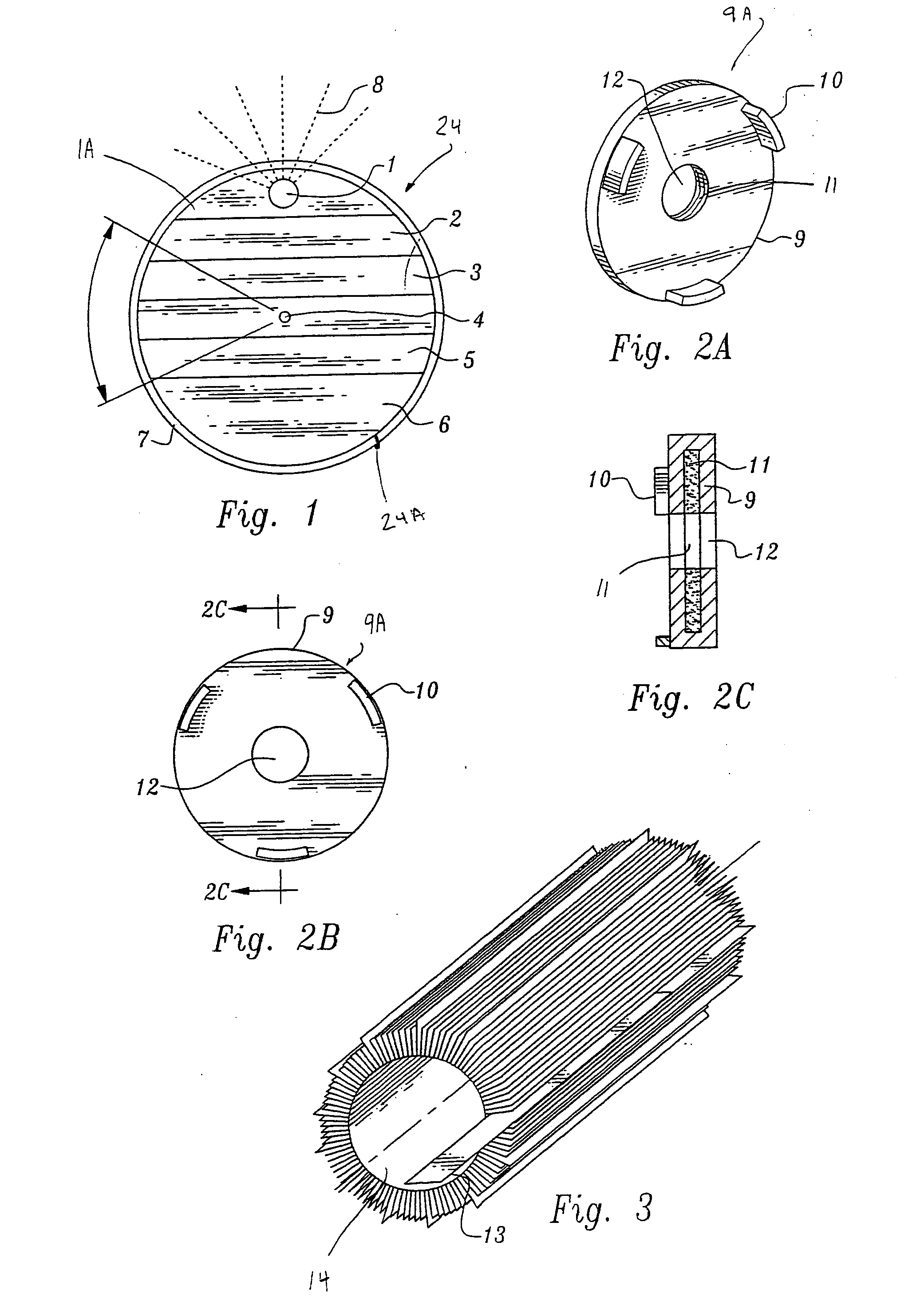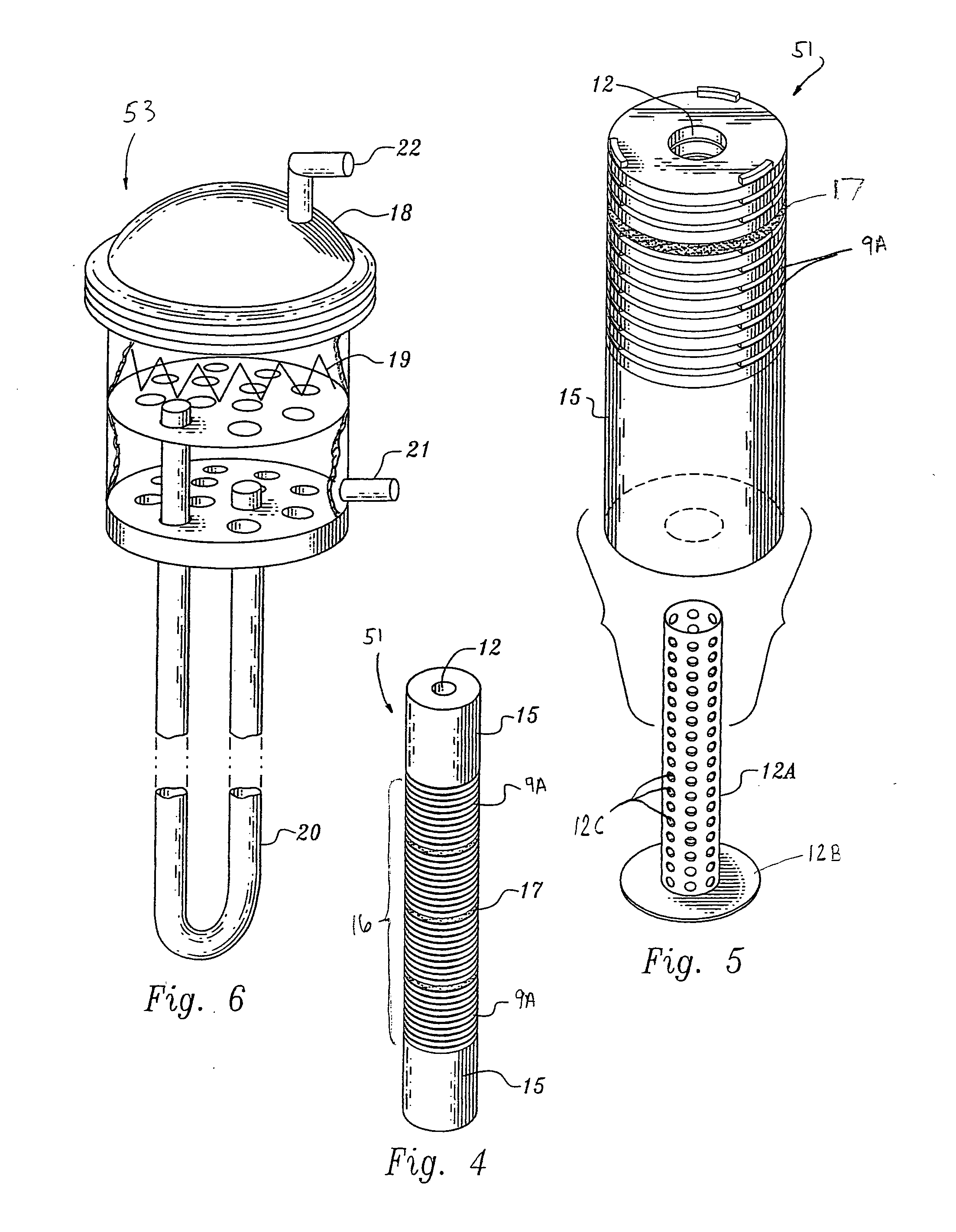Reactor tray vertical geometry with vitrified waste control
a vertical geometry and reactor tray technology, applied in nuclear reactors, nuclear elements, greenhouse gas reduction, etc., can solve the problems of a growing vehicle fleet, a growing industrial economy, and a loss of government support for alternative energy technologies such as solar, wind, and geothermal, and the u.s. appears to be heading toward another energy crisis
- Summary
- Abstract
- Description
- Claims
- Application Information
AI Technical Summary
Benefits of technology
Problems solved by technology
Method used
Image
Examples
Embodiment Construction
[0102] While the present invention will be described with reference to a few specific embodiments, the description is illustrative of the invention and is not to be construed as limiting the invention. Various modifications to the present invention can be made to the preferred embodiments by those skilled in the art without departing from the true spirit and scope of the invention as defined by the appended claims. It will be noted here that for a better understanding, like components are designated by like reference numerals throughout the various figures.
[0103] In accordance with the present invention, some of the fundamental ideas of the reactor of the present invention are: (1) to drastically reduce the danger and the volume of nuclear waste; (2) to drastically reduce the size of the fuel charge in a reactor; (3) to eliminate weapons material in the waste stream; (4) to eliminate the need for reprocessing of nuclear fuel; and (5) to create a scenario where thorium will provide ...
PUM
 Login to View More
Login to View More Abstract
Description
Claims
Application Information
 Login to View More
Login to View More - R&D
- Intellectual Property
- Life Sciences
- Materials
- Tech Scout
- Unparalleled Data Quality
- Higher Quality Content
- 60% Fewer Hallucinations
Browse by: Latest US Patents, China's latest patents, Technical Efficacy Thesaurus, Application Domain, Technology Topic, Popular Technical Reports.
© 2025 PatSnap. All rights reserved.Legal|Privacy policy|Modern Slavery Act Transparency Statement|Sitemap|About US| Contact US: help@patsnap.com



